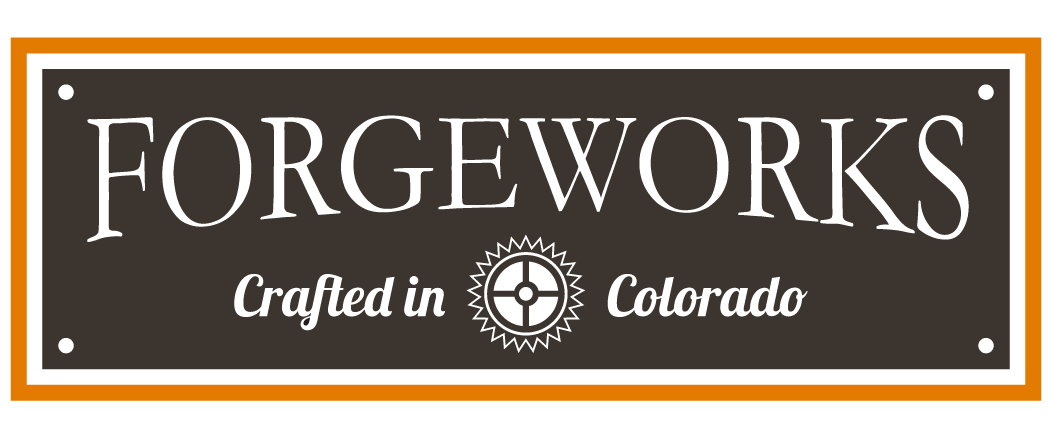Single Wall Serving Tank Advantage
The information below has been published by Tom Hennessy, the well known author, speaker, consultant and brewer that was a fundamental part of the Bennett Forgeworks start in the brewery equipment industry.
Although this may not fit every Brewpubs strategy, the approach has merit and should be considered by all Brewpub style breweries. We suggest you evaluate this concept with some math. Consider a 7bbl Brewhouse with 7bbl Cellaring Equipment. For the price of one Jacketed Bright that would sit on your brew floor with your Fermenters, you could pay for one serving tank and half of another. The Single Wall Bright Serving Tanks live in your Cold Room. Likely, all you need is (5) in total. You could fill your Cold Room with tons of kegs, or 4-5 Bright/Serving tanks and a few kegs. A Keg could cost you $150ea. What about a Keg Cleaner? A basic automated keg cleaner could run you 8 to 10K. If you only have 5 to 10 kegs to wash every few weeks, why buy a fancy keg cleaner when a primitive manual approach would be easily workable. If you elect to not buy an automated keg cleaner, you just bought to more serving tanks. If you didn’t have to buy as many kegs, you likely just saved enough for that 5th serving tank. All this said, don’t forget to do your math on the labor and chemicals it takes to clean kegs. Less kegs to clean reduces labor, and costs on chemicals. After reading Tom Hennessy’s information below, run your own numbers and see if it makes sense.
By the way, a product we build at Forgeworks is also a brainchild of Tom Hennessy. We call it the Brewer’s Multi-Tool. Its a Grant, a manual Keg Cleaner, a Hop Back and a Remote Clean-In-Place Reservoir. If you don’t have many kegs to clean, say 5-10 at a time, a couple times a month, this equipment will work hard for you, and be easy on your start up equipment costs.
Please Start Using Serving Tanks
A tank by any other name would not be as sweet
By Tom Hennessy
Blog found at tomhennessy.substack.com
or go to coloradoboybrewing.com
Most of the people I speak with who are in the planning stages of opening a brewery have designed beautiful brew houses, gobs of conical fermenters, super sweet variable speed pumps, and ONE BRIGHT BEER TANK….Noooooo! Let’s back up a minute.
I could speak to everyone of the pieces of equipment I mentioned above but I want to talk instead about the tank your finished beer comes out of.
First some definitions. A conditioning tank is where beer conditions after fermentation. Conditioning can be done in the conical fermenter (after yeast harvest), or in a non-pressurized tank made for that purpose. You can also use a serving tank or a bright beer tank. You do not need a dedicated conditioning tank.
A serving tank is a tank that can hold pressure so you can carbonate your beer. You can also serve right from it. This tank is kept in a cold room and does not have a jacket.
A bright beer tank, is like a serving tank, but it is jacketed and not in a cold room. It can sit right in the same room as your brewhouse. If you want to serve out of it, you need a separate glycol trunk line connecting from the tank to your beer taps. Or, you need to fill kegs from it and serve out of them.
Bright beer tanks are typically used for packaging breweries. My old brewery used one. We had a 20 BBL brewhouse, with three 40BBL conical fermenters and one 40BBL bright beer tank.
The bright beer tank holds the beer that is bright, carbonated, and available for packaging. So, from the fermenter the beer is filtered, carbonated inline and sent to the bright beer tank. Once it is in the bright beer tank, it is adjusted for the proper carbonation needed for packaging.
Unless you are a packaging brewery, I am suggesting you instead go with serving tanks. They are cheaper, they do not require expensive glycol systems to keep them cool or to run a beer line from.
With a serving tank you simply put them in your cooler, and if you are lucky and can place the cooler behind your bar, you can run a beer line from the tank right through the wall to your beer taps.
If you are using only one bright beer tank, that means all the beer you serve out of it will have to be kegged. That takes up a lot of space compared to a serving tank. For example a 7BBL serving tank equals 14 kegs. A 7BBL serving tank is about 40 inches in diameter and about 6 feet high. 14 kegs is, well a lot of space. Plus every one of them weighs 160 pounds! In addition, you wind up changing kegs all the time: a real hassle on a busy Friday night. And finally, cleaning 14 kegs takes a whole lot longer than doing a CIP on one serving tank.
You will need a cold room anyway for some kegs and your hops and yeast. It doesn’t need to be that much bigger to accommodate serving tanks. For example our brewery, Colorado Boy in Montrose, has a cold room that is only 6 by 16. It has 5 serving tanks, and still room for kegs as well. That’s enough for us to have 10 beers on tap all the time.
If you are planning a brewery that is either a tasting room or a brewpub and not a large packaging brewery, you will be very pleased in the long run going the serving tank route.
